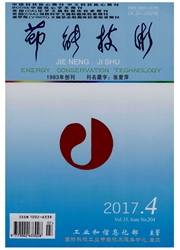

 中文摘要:
中文摘要:
能源危机和热岛效应成为制约城市发展的重要因素。提出利用地下含水层储能技术应对这些问题。首先阐述了含水层储能的基本原理,介绍了地下含水层储能的研究,并将其与传统供热(制冷)方式进行了对比。同时,介绍了含水层储能系统的分类及几种储能类型的优缺点。在上述基础上分析含水层储能的技术难点和在实际应用中遇到的问题,提出了相应的解决办法。最后分析了地下含水层储能技术在空调领域中使用的可行性。
 英文摘要:
英文摘要:
Energy crisis and heat island effect have become important factors in restricting the development of modern cities.The aquifer thermal energy storage(ATES) is a promising method to cope with energy shortage and environmental problems.In this paper,the basic principles of ATES were presented and a comparison of ATES with conventional heating and refrigerating techniques was made.The classification of ATES and features of different energy storage systems were presented.Moreover,the technical difficulties in the application of ATES were analyzed and suggestions for solving these problems were made.The engineering feasibility of ATES for air-conditioning was finally analyzed.
 同期刊论文项目
同期刊论文项目
 同项目期刊论文
同项目期刊论文
 期刊信息
期刊信息
